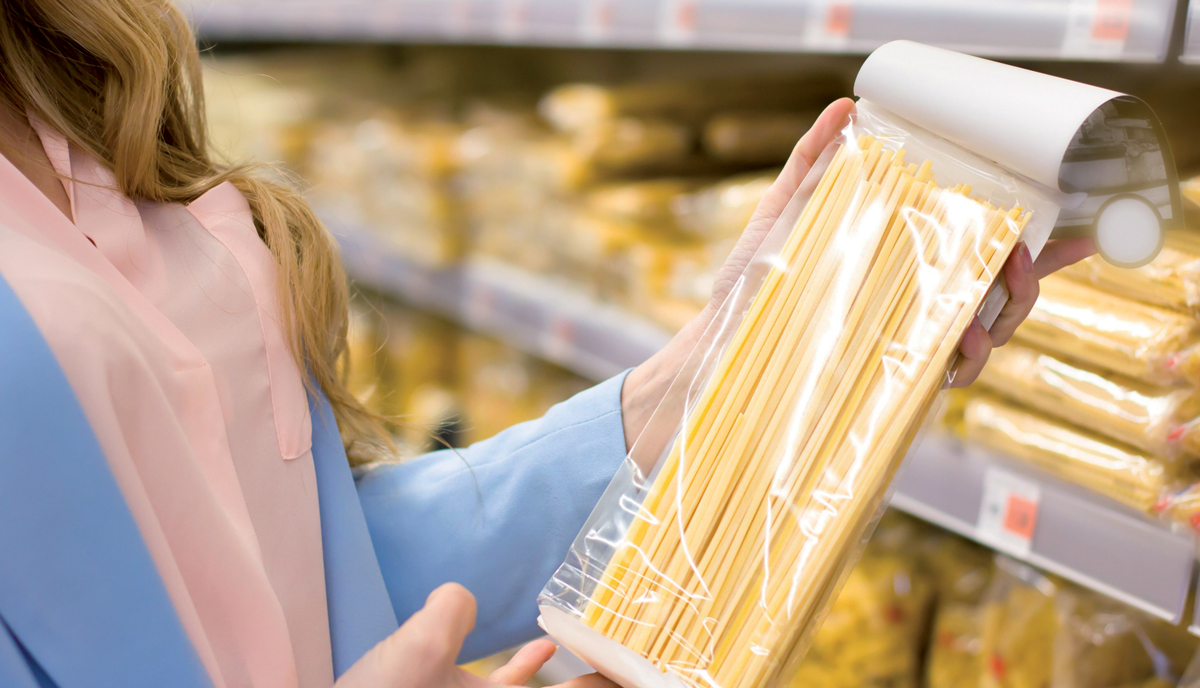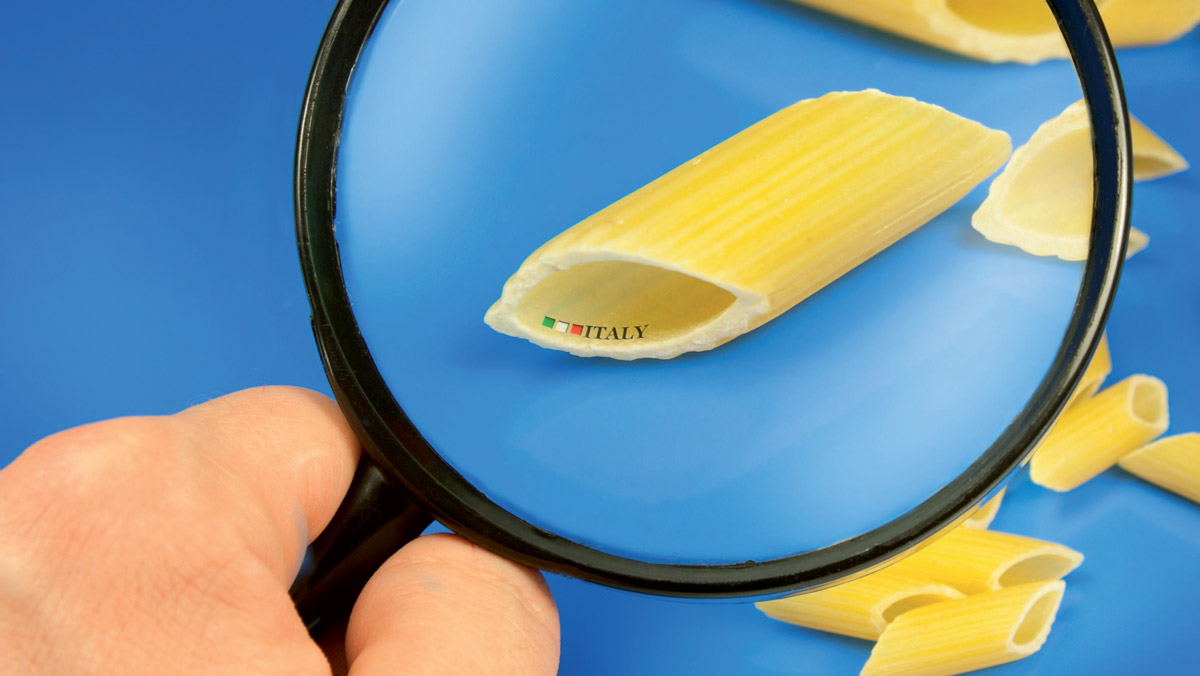Do we still need a food label?
The urgency to change the labels used in foodstuffs in order to cope, not so much with business reasons, but with legal compliance due to the more or less forced change of an ingredient, of a standard, of the nutritional claim resulting from the substitution, for example, of a raw material, or the adoption of many different labels imposed on the third party producer in order to meet the obligations to identify the responsible party under Article 8 of EU Regulation 1160/2011 and many other circumstances create costs and waste that are all the more intolerable at this moment in history.
What are the reasons for keeping it on food?
Conventional use of the term “label” refers to the obligation to provide consumers with information on pre-packaged foodstuffs ; typically we think of a piece of paper attached to a container or to the lid that closes the container, while information is often part of the primary or secondary packaging. So, in many cases, changing it implies remaking the actual containers.
The essential nature of consumer information For decades, every institution has spent a great deal of effort on the importance of consumer information and reading labels, both for adults and for young people, as well as on the more vague subject of legibility, often trivialised as compliance with the minimum size of the font used on the label or the position of certain information (e.g. field of vision, highlighting the origin, certain nutritional information, positioning of the Nutri-Score, etc.). EU Reg. 1169/2011 defines legibility as “the physical appearance of information, by means of which the information is visually accessible to the general
Subscribe to the magazine to read the full article








